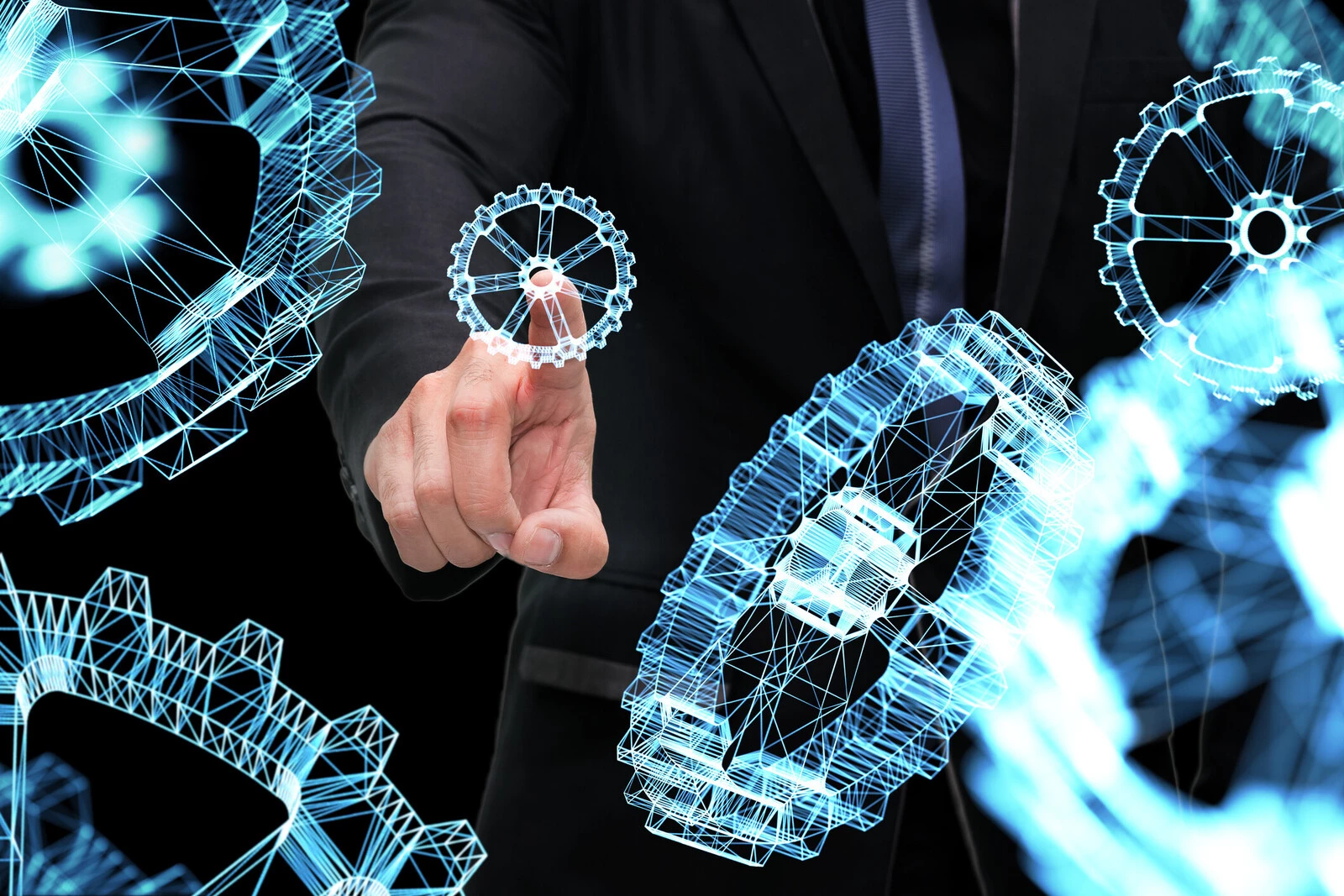
Making infrastructure sustainable requires us to combine the real and digital worlds. By leveraging data for informed decision-making, we drive more efficient asset management, more profitable business, and, most importantly, more sustainable operations—all of which support the UN Sustainable Development Goals (SDGs).
Is data really “the new oil”? Unlike the latter, the torrent of ones and zeroes – if processed and measured – can be harnessed to make infrastructure more sustainable. Digitalization is the key to achieving improvements in efficiency, profitability, and especially sustainability. Investment in digitalization yields returns in the most energy-intensive industries, the most life-critical facilities and the most remote locations. While the hinge between the real and digital worlds is often invisible, digitalization is our most powerful tool for sustainable transformation. Let’s explore its value in more detail.
Managing the data flood
The volume of data passing through IP networks and stored in various media has long surpassed the zettabyte (ZB) threshold. The information generated by the Internet of Things (IoT) alone is set to grow from 13.6 ZB in 2019 to 79.4 ZB in 2025.
At that point, the global data volume will have reached 175 ZB. For comparison, one ZB has as many bytes of information as there are grains of sand on all the world’s beaches. This must be processed and analyzed to manage complex, distributed systems and support our long-term sustainability goals.
One of these goals concerns energy: According to the IEA, to reach the net zero target, the share of electricity in overall energy consumption must reach 28% by 2030 and 52% by 2050.
Access to renewables will need to triple by 2030 and increase ninefold by 2050, according to the World Economic Forum. These ambitious goals can only be met if our buildings, grids and mobility systems become more efficient and utilize more clean energy with digital control systems, powered by those enormous datasets.
Digital twins and the data centre dilemma
Data centres are indispensable facilitators in our journey towards sustainability through digitalization, enabling more efficient data processing and storage. Yet, paradoxically, their voracious energy consumption and carbon footprint present a sustainability challenge. According to the IEA, they account for 1-1.5% of global energy consumption today.
By 2026, their electricity use could reach 1,000 TWh—equivalent to that of Japan. In Ireland, data centres consumed 21% of the country’s electricity in 2023—more than all of its urban homes combined.
Operators can boost efficiency by integrating end-to-end decarbonization programs in data centre design, including through data analytics. Digital twins—data-based representations of objects and processes—support the planning of new infrastructure, retrofits to existing assets, and performance improvements. A lifecycle digital twin can be used to extend asset lifetime, manage end-of-life, and optimize capacity utilization, e.g., by reducing the use of concrete and steel in buildings. An energy digital twin can support sustainability strategies by simulating the benefits of the integration of on-site renewables.
AI: a driver of sustainability gains
While digital twins allow us to realize sustainability gains by identifying discrepancies between an ideal-state digital model and the real world, artificial intelligence (AI) infuses these insights with a layer of analysis that sometimes resembles cognitive intelligence. A survey conducted in 2023 by S&P Global showed how AI can be used to gain both monetary and sustainability benefits.
Respondents overwhelmingly reported that AI had a medium to high impact on use cases, including the adoption of renewable energy, sustainable design of products and services, and cost reductions through improved energy monitoring and management, as well as lowering their carbon footprint.
Towards a healthier planet
Our collective drive toward net zero is not just due to short-term business considerations alone; sustainability-oriented investments in digitalization yield longer-term dividends in terms of the UN SDGs. For instance, industrial efficiency and decarbonization advance economic development and sustainable jobs growth, helping combat poverty and hunger. Smart cities that operate on a foundation of in-depth data analysis, exchange and storage are better equipped to handle ageing populations, population growth and urbanization sustainably.
The nexus between digitalization, decarbonization and development is particularly evident in the healthcare industry. Building management and control systems and smart energy distribution solutions allow hospital managers to tackle escalating energy and utility costs and rein in their sector’s burgeoning emissions, which account for at least 4.4% of global greenhouse gas emissions. Siemens technology has made clinics around the world more efficient: in Berlin, where St Joseph Hospital saved 1,300 tons of CO2 per year; at the Jakarta Heart Center, which achieved about 12% annual energy savings; and at Northside Hospital Forsyth in the US, which reduced its energy consumption by 21.6%.
Life-changing electrification
Islands and other off-grid locations face challenges of a different kind. For many remote, underserved communities, data-driven electrification with resilient green power is not just a game-changer but a life-changer. For example, a clean and reliable energy supply promotes food safety and security as well as healthcare through refrigeration of food and medication. The ability to use machines and power electronics without having to import fossil fuels can create sustainable economic growth and jobs.
Renewable energy sources like solar, wind, hydro, or geothermal power are crucial for preserving plants and wildlife, especially on islands with unique local ecosystems. Microgrid solutions that include data-driven smart controls and battery storage systems can serve the needs of these communities in a way that protects natural resources, reduces or eliminates diesel consumption, and makes them self-sufficient.
Future-proofing, now
Whether in data centres, hospitals or off-grid communities, the sustainability dividend of digitalization pays off in ways that go far beyond monetary gains. In some areas, digital solutions yield direct, tangible returns in terms of sustainability outcomes. Other sustainability goals, such as quality education or decent work and economic growth, can be indirectly driven by a data-focused approach. These big wins show that investing in smart infrastructure delivers “compound interest” for overarching UN SDGs, regardless of the application or location.
Partner With Us
The Institute for Sustainability Africa (INŚAF) is an independent multi-disciplinary think tank and research institute founded in Zimbabwe in 2010 with the Vision to advance sustainability initiatives for Africa.




